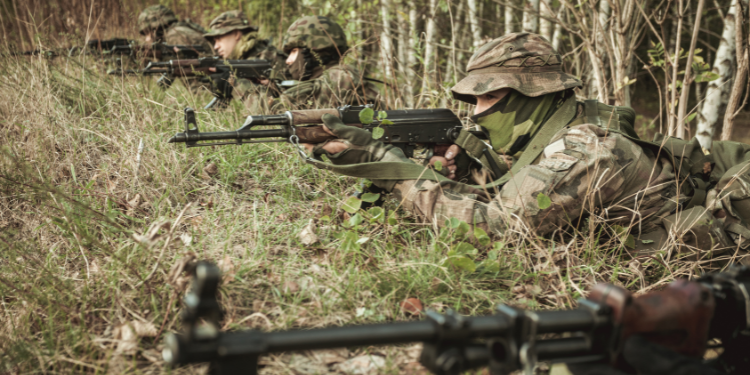The EU should focus on building a common military culture
A common culture is defined as a group of people who share similar beliefs, values and behaviours, language or cultural heritage. EU Members states, despite their historical or linguistic differences have succeeded in becoming stronger when working together and be united in diversity. Building a common military culture though is becoming an important factor for closer defence cooperation between the Member States.
The adoption of the Strategic Compass as well as the drawing of the – first ever – Common Threat Analysis document with inputs from the 27 intelligence services, represents an example of building a common strategic culture. However, the military perspective is not often taken into account. The EU body that could effectively contribute to that is the European Security and Defence Colleague (ESDC). Common courses, a military Erasmus, deeper cooperation between the national military academies is a first step forward. In line with the European Qualification Framework (EQF), the ESDC has been tasked in 2016 by the Chairman of the European Military Committee (MC) to develop a Sectorial Qualification Framework for the Military Officer Profession (SQF-MILOF). SQF-MILOF is a tool for member states to promote cooperation and exchange views on the performance and learning of military officers. However, EUROMIL believes that this should also be expanded to all the different ranks throughout their career
EUROMIL also believes that the inclusion of the social dimension of the Armed Forces in the ESDC curriculum is crucial in order to ensure that EU standards and policies are applied to the Armed Forces in the areas of social protection and working conditions. This will also contribute at developing a European military culture. A European War College or Military University would be a perfect initiative developing a common military culture.
One important barrier that soldiers from different EU Member States face when participating in CSDP missions and operations, or trainings as under the EU Battlegroups, is the linguistic one. Often, for the non-native English speaking soldiers it is difficult to communicate with the other comrades. Hence, it is imperative that military personnel receive a sufficient number of English language courses. Examples and experiences from decades of existing cooperation such as the Franco-German Brigade teach us that the use of various languages still creates a barrier for a satisfying, but above all smooth cooperation.
Today, and given the current geopolitical environment, EU soldiers are participating more and more in international missions and trainings, as the EU CSDP Mission for Ukraine (EUMAM)[1] or the upcoming Rapid Deployment Capacity live exercise (MILEX-23) that will start in October 2023 in Spain. Consequently, building a common EU culture of defence, or common military culture is essential in order to best exchange best practices, increase cooperation and effectiveness of the European Armed Forces, while also respecting the national specificities. For the next European Commission and European Parliament term, building a common European military culture should become a priority, if further defence integration is to take place. And let there be no doubt that further defence integration is a necessity and is gradually gaining the necessary political will. Should this not be the case, then EUROMIL will certainly be the promoter and advocate of the need for this.
This article is part of EUROMIL’s European Elections 2024 project.
[1] Never before had a missions been agreed and executed so quickly.

